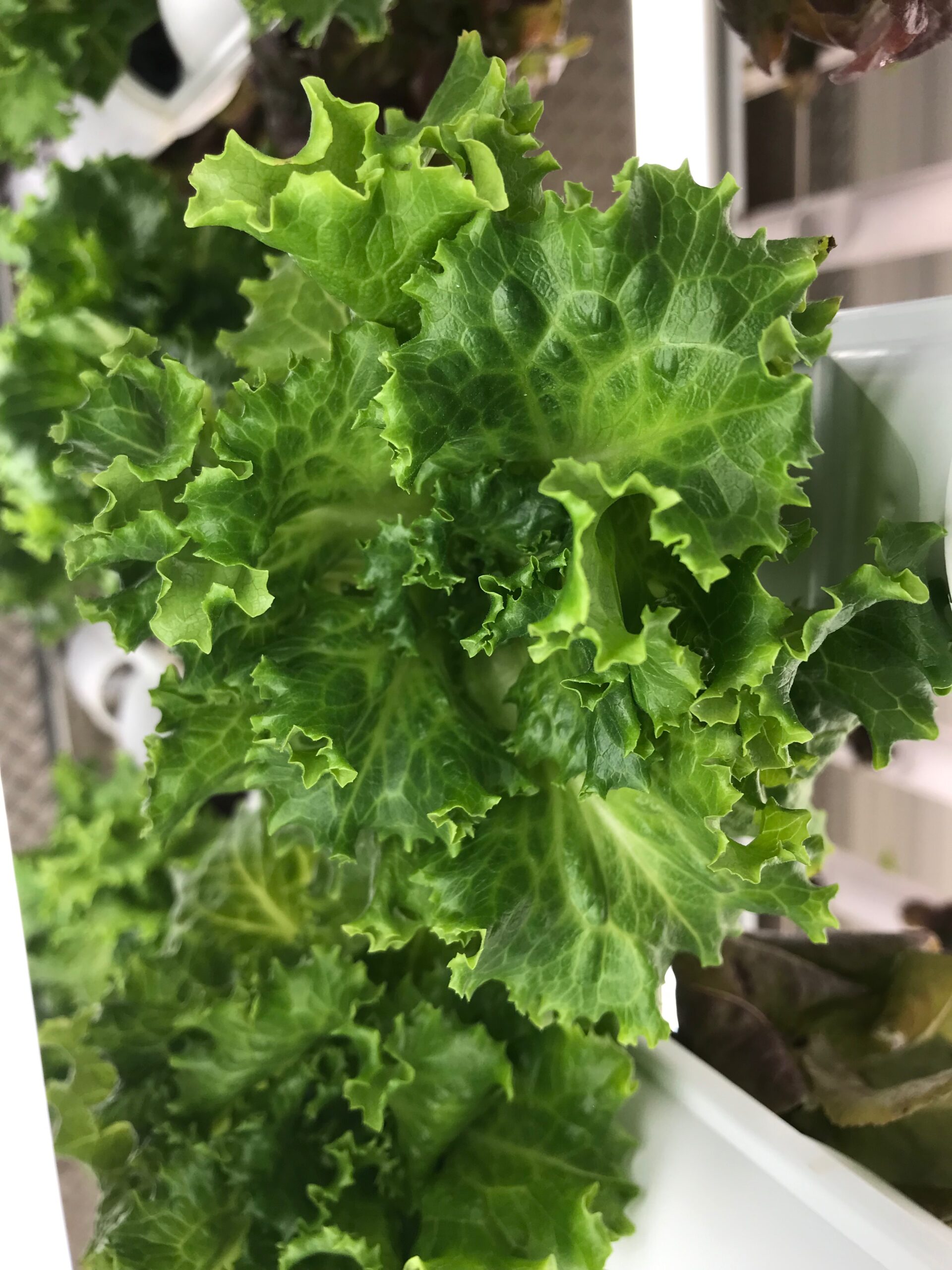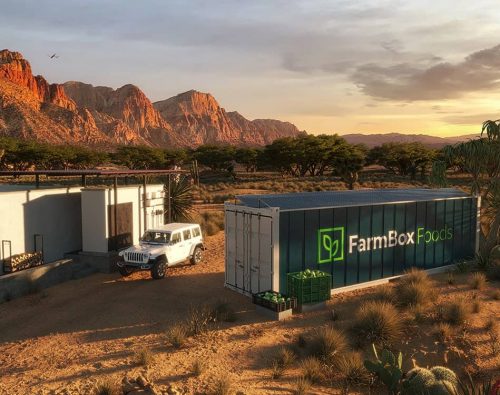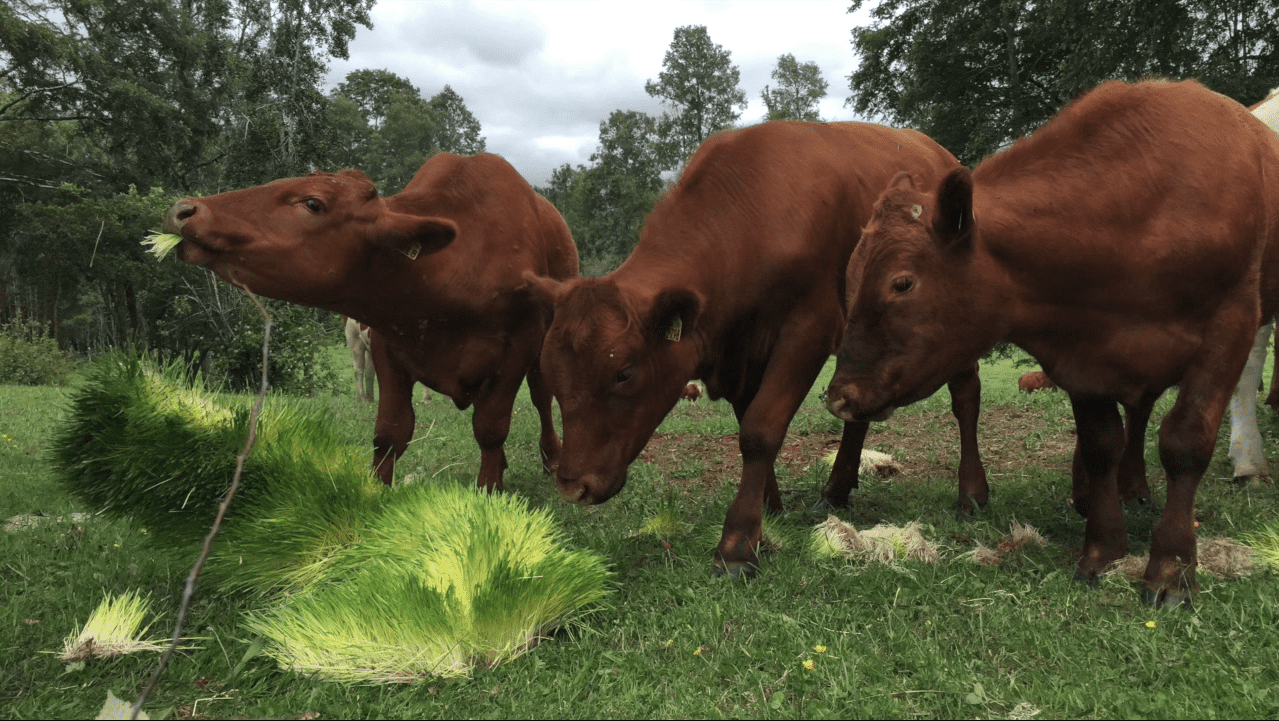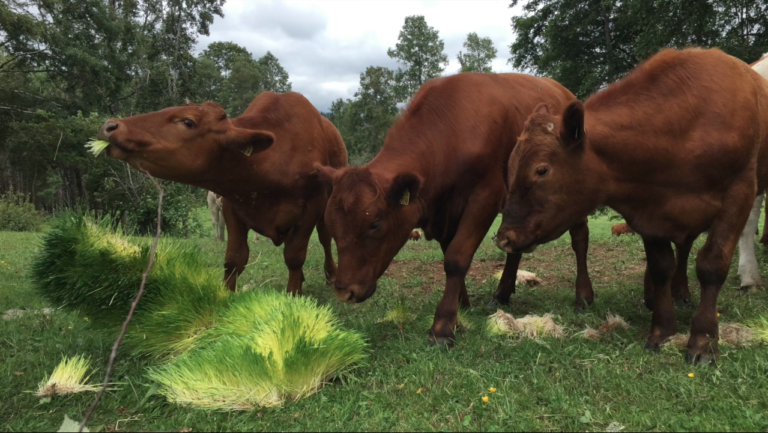“The world is at a critical juncture.”
That’s the headline of an article about the state of food security and nutrition in the world. In painstaking detail, the Food and Agriculture Organization at the United Nations uses the article to describe how the number of people affected by hunger globally increased in 2020 due to the COVID-19 pandemic.
It estimates that between 720 million and 811 million people faced hunger. If you go with the middle of the projected range — around 768 million — 118 million more people faced hunger in 2020 than in 2019. How does this happen and what’s being done about it?
The Food and Agriculture Organization at the United Nations says that unless bold actions are taken to accelerate progress, especially actions to address major drivers of food insecurity and malnutrition and inequalities affecting access to food, hunger will not be eradicated by 2030, as the U.N. had hoped.
After remaining virtually unchanged from 2014 to 2019, the prevalence of undernourishment climbed to around 9.9 percent in 2020, from 8.4 percent a year earlier, the article says.
According to FoodBankNews.org, all of this activity is happening against a backdrop of heightened emphasis on nutrition from the USDA, which in mid-March released a report outlining its commitment to nutrition security (in addition to food security). The USDA noted the importance of nutrition in fighting diet-related disease, which is a leading cause of illness in the U.S., accounting for more than 600,000 deaths each year, or more than 40,000 each month.
Sadly, the pandemic continues to expose weaknesses in our food systems, especially when it comes to access. New farming practices, including controlled-environment agriculture, are increasingly being recognized as a potential solution to fill the gaps and avoid supply chain delays entirely.
Strategically placing container farms in and around population centers could have a dramatic effect on providing a sustainable and secure source of nutrient-rich food. These farms can produce 200-300 pounds of fresh food weekly and help feed people in marginalized communities. They can also be used to help train the next generation of urban farmers and create jobs, providing ancillary benefits that can reverberate for years to come.





